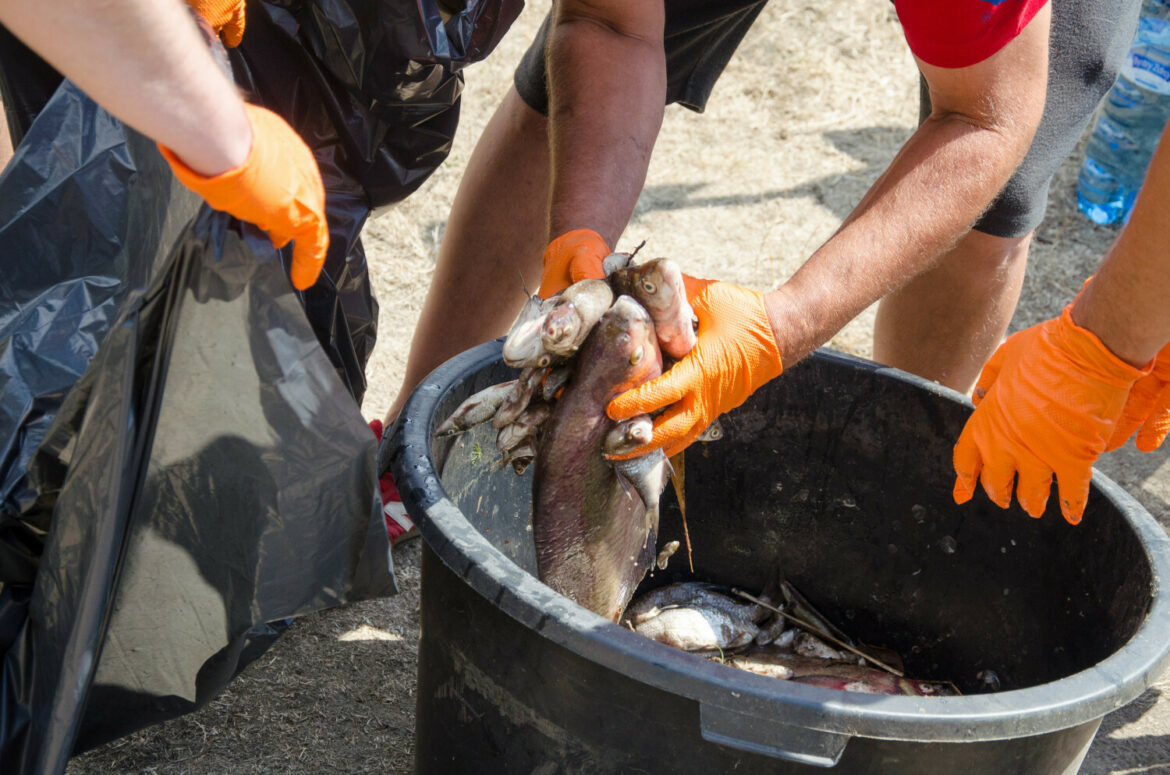For several days now, dead fish have been traced along the entire length of the Oder River. The causes of this phenomenon are being investigated. The Provincial Inspector of Environmental Protection in Wrocław has filed a notice to the public prosecutor’s office in this case. The environmental protection services recommend refraining from using the river for fishing and recreational purposes until the danger has ceased.
In the opinion of the Environmental Protection Inspectorate, it is most likely that we are dealing with an influx of an external substance that has caused oxygenation or hyperoxygenation of the river. In samples taken in the Oława and Lipki, the presence of mesitylene was likely. This is a substance that has a toxic effect on aquatic organisms.
The condition of the river is subject to constant monitoring, field observations and measurements are carried out, and samples are taken for testing in the areas of operation of successive Provincial Inspectorates of Environmental Protection (WIOŚ). The results so far do not indicate anomalies in the river water chemistry, and no deoxygenation, or so-called ” suffocation”, has been detected. Chromatographic analyses are being conducted in relation to suspected toxic substances. The first results do not indicate the presence of such contaminants. What is of concern, however, is the high level of oxygen in the water.
“The high oxygen levels in the water deviating from the typical oxygen concentrations in summer, i.e. under conditions of high temperatures and low water levels, the absence of a bloom in the water, the high water temperature, indicated an unnatural origin. It is possible that a substance with strong oxidising properties, from which oxygen is released as a result of reactions taking place in the water, entered the river”, say Wrocław WIOŚ.
The Oder is the Poland’s longest shipping river. It flows through the Zachodniopomorskie, Lubuskie, Dolnośląskie, Opolskie and Śląskie voivodeships.
Arkadiusz Słomczyński





